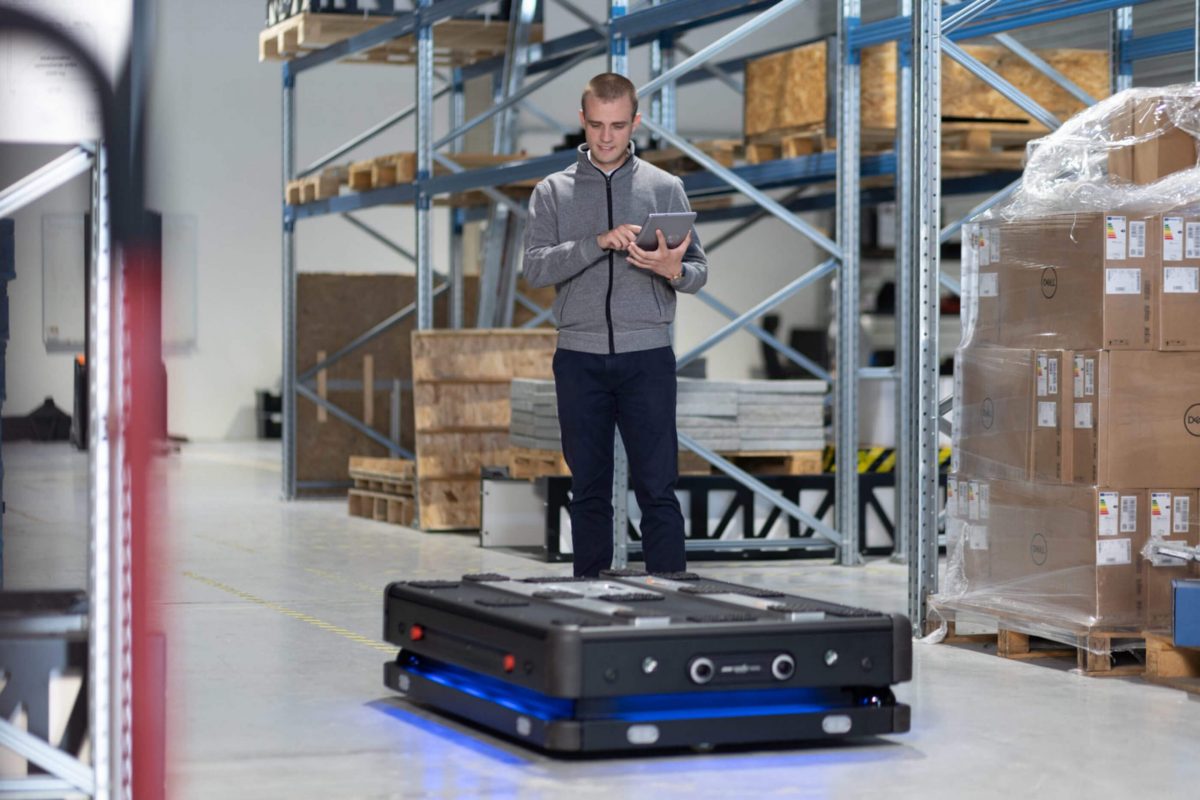- Solving Labor Challenges
- blog
Seven steps to prevent employees’ fear of logistics robots taking their jobs
The fear that logistics robots would "take over jobs" is a significant risk for successful roll-out, so planning communication with employees is crucial.

/
